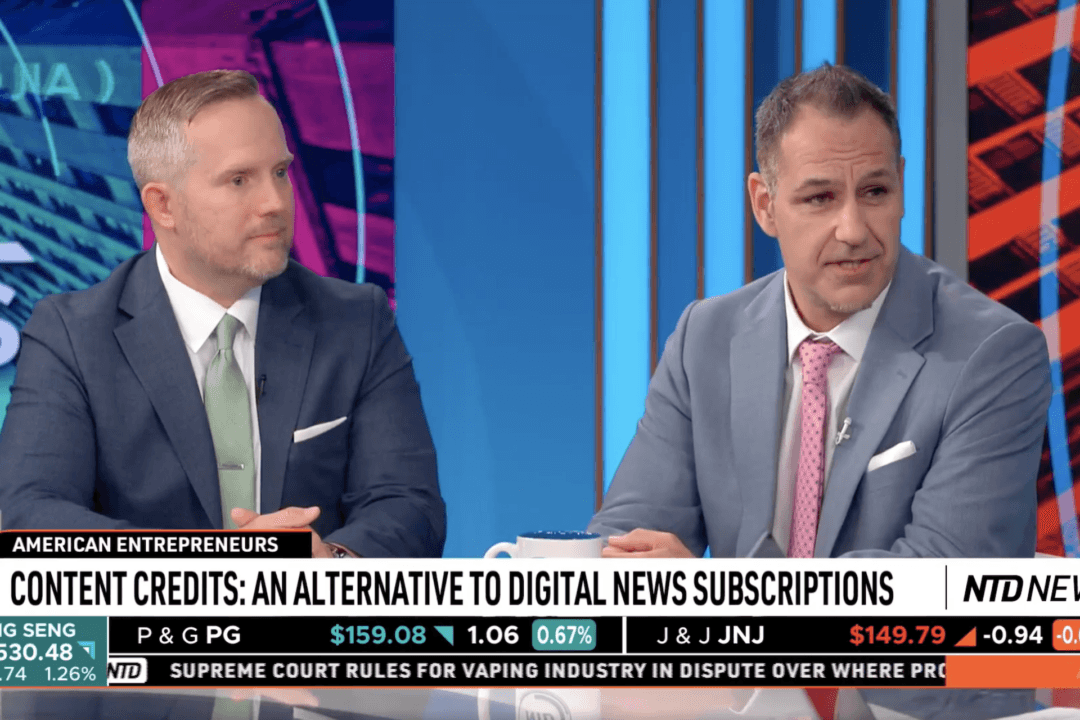NEW YORK—Fare evasion is so common on the Long Island Railroad (LIRR) that officials have a list of 500 who do it on a regular basis, reported New York Daily News.
The group of 500 have taken five or more free rides and contribute largely to the $1 million in unpaid LIRR trips over the last two years.
The LIRR carried 83 million riders last year and over 54,000 riders were issued bills for rides they did not pay for last year. Only 39 percent of those have been paid. Last year, only 30 percent of the bills were paid.
Riders who don’t have tickets when they board have to pay a penalty fee when purchasing one from a conductor on the train. Riders who can’t pay are asked to provide identification and sign a promise-to-pay form.
In the last year, LIRR increased its efforts to control the problem and arrests for “theft of service” went up 63 percent. LIRR police arrested 83 riders and issued summonses to 223 more.
New York City Transit, by comparison, has a collection rate of almost 78 percent. NYC Transit periodically goes after fare evaders’ tax refunds, giving their names to state tax officials.
In 2011, NYC Transit’s collection rate was 82 percent, totaling $1.8 million. This year the collection rate is around 78 percent.
On buses and subways, many of the fare-evaders are actually children who are barely taller than the turnstiles and board without paying a fare.
When accompanied by an adult, up to three children under 44 inches can ride for free. In 2012, 43 percent of fare-evading riders were children over 44 inches tall.
In 2012, NYC Transit reported lost revenue of almost $100 million, or around 2.7 percent. Three bus routes in the Bronx and two more on Staten Island had the highest fare evasion rates.
NYC Transit also has an “Eagle Team” task force focused on educating fare evaders so they don’t become repeat offenders, in addition to bill collections.
The Metropolitan Transportation Authority’s next fare hike goes into effect March 2015.





